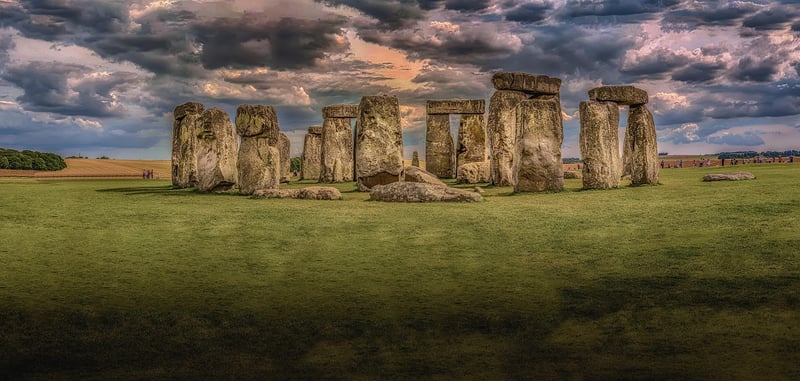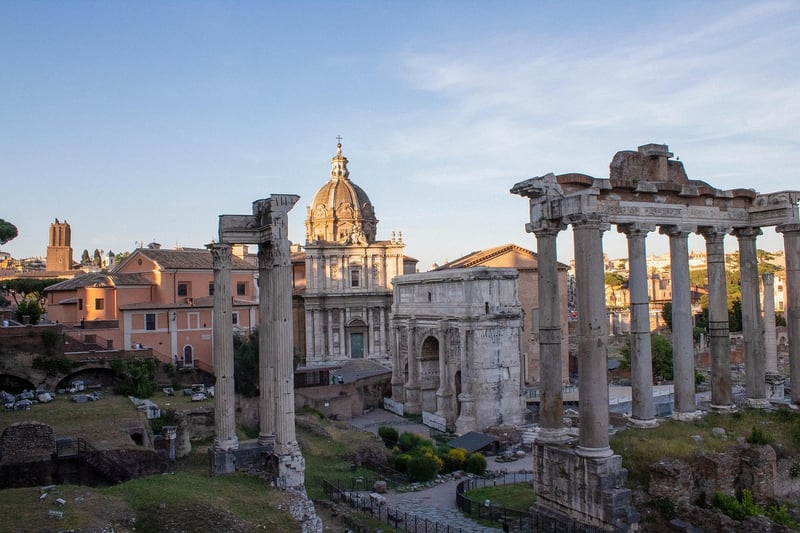Prehistoric Eras
Exploring Different Time Periods and Prehistoric Eras
Time is a fascinating concept that shapes the world we live in today. By delving into different time periods and prehistoric eras, we can uncover a wealth of knowledge about the history of our planet and the evolution of life on Earth. Let's take a journey through time and explore some of the key periods that have defined our world.
Prehistoric Era
The prehistoric era spans a vast period of time before written records were kept. It is divided into three main eras: the Paleolithic, Mesolithic, and Neolithic periods. During this time, early humans and other hominids roamed the Earth, relying on hunting and gathering for survival.
Paleolithic Period
The Paleolithic period, also known as the Old Stone Age, is characterized by the use of stone tools by early human ancestors. This era began around 2.5 million years ago and lasted until the end of the last Ice Age, approximately 12,000 years ago.
Mesolithic Period
The Mesolithic period followed the Paleolithic era and marked a transition towards more sophisticated tools and technologies. This period is often referred to as the Middle Stone Age and lasted from around 10,000 to 5,000 years ago.
Neolithic Period
The Neolithic period, or New Stone Age, witnessed significant advancements in agriculture and the domestication of animals. This era began around 12,000 years ago and led to the establishment of settled communities and the development of early civilizations.
Ancient Civilizations
As we move forward in time, we encounter ancient civilizations that flourished in different parts of the world. From the majestic pyramids of Egypt to the grandeur of the Roman Empire, these civilizations have left a lasting impact on human history.
Egyptian Civilization
Ancient Egypt is known for its impressive architecture, intricate hieroglyphics, and belief in the afterlife. The pyramids of Giza, the Sphinx, and the Valley of the Kings are just a few examples of the rich cultural heritage of this civilization.
Roman Empire
The Roman Empire, with its vast territories and sophisticated infrastructure, shaped the development of Western civilization. From governance and law to engineering and art, the Romans made significant contributions that continue to influence the modern world.
Exploration and Discovery
The age of exploration in the 15th and 16th centuries marked a period of unprecedented global exploration and discovery. Explorers like Christopher Columbus, Vasco da Gama, and Ferdinand Magellan ventured into uncharted territories, expanding the known world and connecting distant civilizations.
Age of Enlightenment
The Age of Enlightenment in the 17th and 18th centuries was a time of intellectual ferment and philosophical exploration. Thinkers like Isaac Newton, Voltaire, and John Locke questioned traditional beliefs and championed reason, science, and individual rights.
Conclusion
By exploring different time periods and prehistoric eras, we gain a deeper understanding of the origins of human civilization and the forces that have shaped our world. From the dawn of early humans to the heights of ancient civilizations and the age of exploration, each period offers valuable insights into the tapestry of history.
Embark on your own journey through time and uncover the fascinating stories of our past that continue to resonate in the present.




